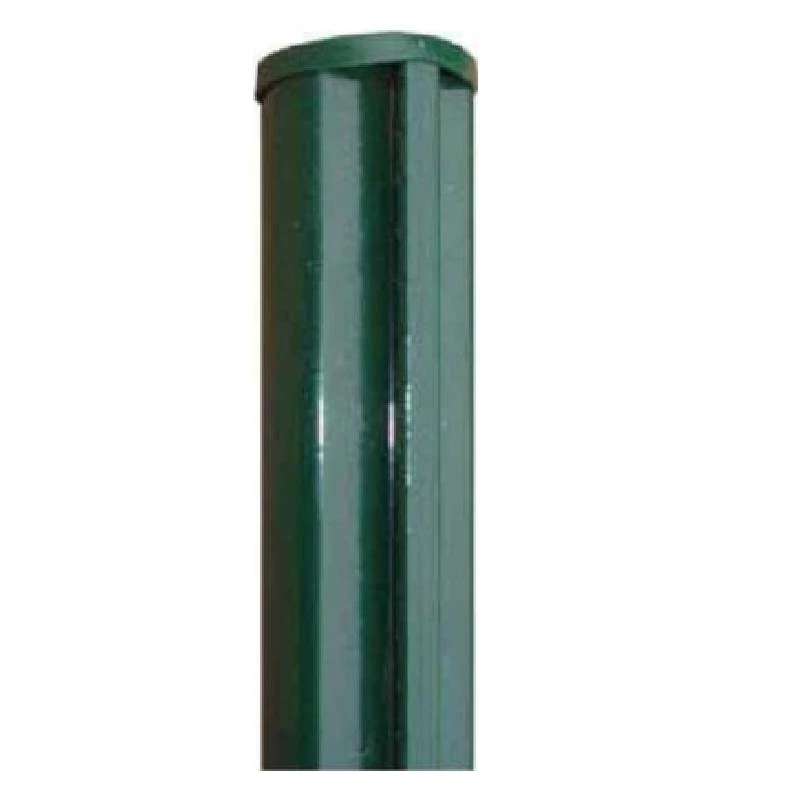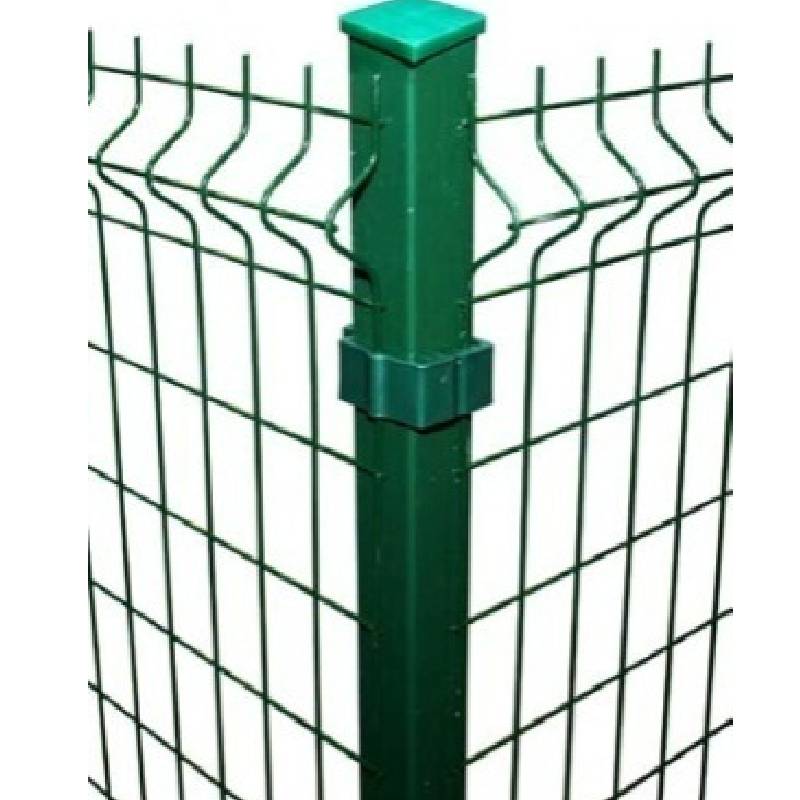-
Email:zhao@hyliec.cn
-
Tel:+86 311 85273988
-
WhatsAPP:8613931128750
-
 afrikanisch
afrikanisch -
 albanisch
albanisch -
 Birmanisch
Birmanisch -
 Arabisch
Arabisch -
 Armenisch
Armenisch -
 Aserbaidschanisch
Aserbaidschanisch -
 baskisch
baskisch -
 Belarussisch
Belarussisch -
 Bengali
Bengali -
 bosnisch
bosnisch -
 bulgarisch
bulgarisch -
 katalanisch
katalanisch -
 Cebuano
Cebuano -
 Kasachisch
Kasachisch -
 kroatisch
kroatisch -
 Tschechisch
Tschechisch -
 dänisch
dänisch -
 Niederländisch
Niederländisch -
 Englisch
Englisch -
 Esperanto
Esperanto -
 estnisch
estnisch -
 finnisch
finnisch -
 Französisch
Französisch -
 Friesisch
Friesisch -
 galizisch
galizisch -
 georgisch
georgisch -
 Deutsch
Deutsch -
 griechisch
griechisch -
 Gujarati
Gujarati -
 Haitianisches Kreolisch
Haitianisches Kreolisch -
 Hausa
Hausa -
 hawaiisch
hawaiisch -
 hebräisch
hebräisch -
 Nein
Nein -
 Miao
Miao -
 ungarisch
ungarisch -
 isländisch
isländisch -
 igbo
igbo -
 Indonesisch
Indonesisch -
 irisch
irisch -
 Italienisch
Italienisch -
 japanisch
japanisch -
 Javanisch
Javanisch -
 Kannada
Kannada -
 Kasachisch
Kasachisch -
 Khmer
Khmer -
 Ruandisch
Ruandisch -
 Koreanisch
Koreanisch -
 kurdisch
kurdisch -
 Kirgisisch
Kirgisisch -
 TB
TB -
 Latein
Latein -
 lettisch
lettisch -
 litauisch
litauisch -
 Luxemburgisch
Luxemburgisch -
 mazedonisch
mazedonisch -
 Malgashi
Malgashi -
 malaiisch
malaiisch -
 Malayalam
Malayalam -
 maltesisch
maltesisch -
 Maori
Maori -
 Marathi
Marathi -
 mongolisch
mongolisch -
 Myanmar
Myanmar -
 Nepali
Nepali -
 norwegisch
norwegisch -
 norwegisch
norwegisch -
 Okzitanisch
Okzitanisch -
 Paschtu
Paschtu -
 persisch
persisch -
 Polieren
Polieren -
 Portugiesisch
Portugiesisch -
 Punjabi
Punjabi -
 rumänisch
rumänisch -
 Russisch
Russisch -
 Samoan
Samoan -
 schottisch Gälisch
schottisch Gälisch -
 serbisch
serbisch -
 Englisch
Englisch -
 Shona
Shona -
 Sindhi
Sindhi -
 Singhalesisch
Singhalesisch -
 slowakisch
slowakisch -
 Slowenisch
Slowenisch -
 somali
somali -
 Spanisch
Spanisch -
 Sundanesisch
Sundanesisch -
 Suaheli
Suaheli -
 Schwedisch
Schwedisch -
 Tagalog
Tagalog -
 Tadschikisch
Tadschikisch -
 Tamil
Tamil -
 Tatarisch
Tatarisch -
 Telugu
Telugu -
 Thai
Thai -
 Türkisch
Türkisch -
 Turkmen
Turkmen -
 ukrainisch
ukrainisch -
 Urdu
Urdu -
 Uigurisch
Uigurisch -
 Usbekisch
Usbekisch -
 Vietnamesisch
Vietnamesisch -
 Walisisch
Walisisch -
 Helfen
Helfen -
 Jiddisch
Jiddisch -
 Yoruba
Yoruba -
 Zulu
Zulu
Zaunpfahl
What Type Of Fence Post Is Best?
The best type of fence post depends on various factors such as the type of fence, local climate, soil conditions, and personal preferences. Common options for fence posts include:
1. Round steel posts: Round steel posts are a traditional and versatile choice, suitable for various fence types. They can be treated to resist rot and decay, but may require maintenance over time.
2. Square steel posts and rabbet posts offer durability and strength, making them suitable for supporting heavy or high-security fences. They are resistant to rot and insect damage.
3. Steel round posts/ square posts/ rabbet with base plate: They are suitable to install on the concrete ground, and fixed by concrete nails.
What Size Is A Fence Post?
Fence posts come in various sizes, typically having Φ32 Φ34 Φ38 Φ48 Φ60 Φ80 for round steel posts and 40x40 60x60 40x60 60x60 80x80 100x100 etc for square tube posts in dimension. The specific size of a fence post depends on the type of fence being installed, the height and weight of the fence panels, and the local building codes or regulations. It's important to select the appropriate size of fence post to ensure stability and structural integrity for the specific fencing project. Consulting with a professional or referring to local building codes can provide guidance on the recommended size of fence posts for a particular application.
Fence Post FAQ:
What type of fence post is best?
The best type of fence post depends on various factors such as the type of fence, local climate, soil conditions, and personal preferences. Common options for fence posts include round steel posts, square steel posts and rabbet steel posts, posts with base plate or without base plate. Each type has its own advantages and considerations, so it's important to choose the most suitable option based on the specific requirements of the fence project.
What size is a fence post?
Fence posts come in various sizes, typically typically having Φ32 Φ34 Φ38 Φ48 Φ60 Φ80 for round steel posts and 40x40 60x60 40x60 60x60 80x80 100x100 etc for square tube posts in dimension. The specific size of a fence post depends on the type of fence being installed, the height and weight of the fence panels, and local building codes or regulations. It's important to select the appropriate size of fence post to ensure stability and structural integrity for the specific fencing project.
How to install a panel fence?
Paneling a fence involves several steps, including measuring and planning, installing the posts, attaching the panels, adding finishing touches, and performing regular maintenance. It's important to follow the manufacturer's instructions and local building codes when paneling a fence to ensure proper installation and compliance with regulations. If in doubt, it's advisable to consult with a professional or seek guidance from experienced individuals.






